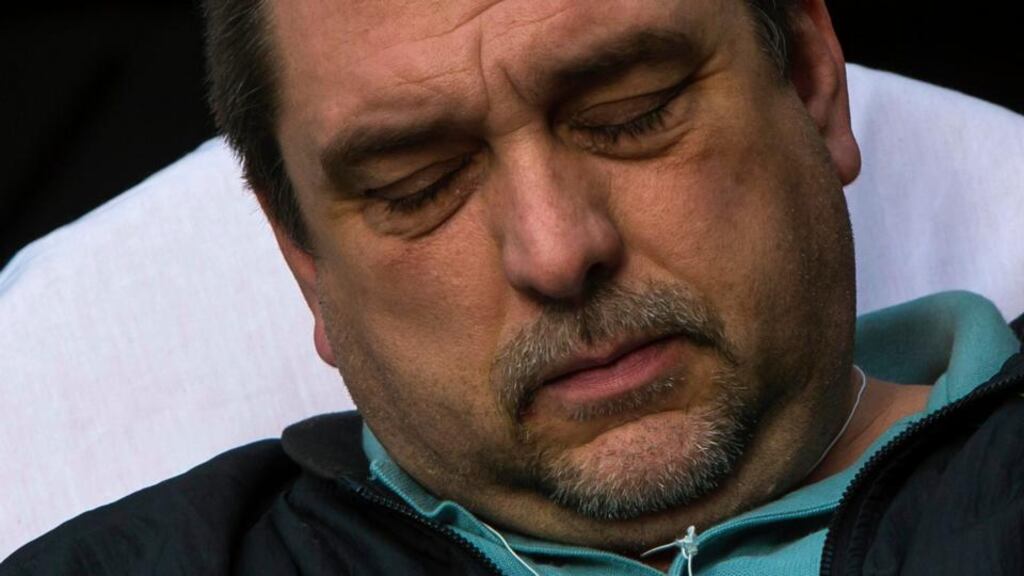The Metro-North Railroad train that hurtled off the rails on a sleepy holiday weekend morning was traveling more than 80 mph (128 km/h) as it approached one of the sharpest curves in the region’s rail system, federal investigators said on Monday - nearly three times the speed permitted through the turn.
The throttle was still engaged - giving the engine power - until six seconds before the locomotive, in the rear of the train, came to a stop around 7:20am Sunday after careering toward the Harlem River, killing four people and injuring dozens more, north of Spuyten Duyvil station in the Bronx, officials said.
The National Transportation Safety Board is leading the investigation, and a board member, Earl Weener, said the train’s sudden power shift came “very late in the game.” The board cautioned that it remained unclear if the speed was the result of human error or faulty equipment.
But the extraordinary speed shed new light on the deadliest New York City train derailment in more than two decades and heightened the focus on the engineer at the center of the investigation. The maximum allowable speed through the curve is 30 mph; even the straightaway north of the crash site permits speeds no greater than 70 mph.
Asked if the safety board was looking into the possibility that the engineer, William Rockefeller, fell asleep, was using his mobile phone or was otherwise distracted, a spokesman for the board, Keith Holloway, said, “Part of our investigation, as in all investigations, is to look at human performance factors.”
Mr Rockefeller’s mobile phone was recovered as “part of our routine process,” Mr Weener said, and the results of drug and alcohol tests conducted after the crash were not yet known.
Mr Rockefeller was treated at a hospital and released.
The authorities said that the train’s brakes appeared to have been operating effectively shortly before the crash.
“We are not aware of any problems or anomalies with the brakes,” Weener said.
Sen. Charles E. Schumer noted, “The train did make nine stops before coming to this curve. So clearly the brakes were working a short time before.” He added that he was told by the safety board that the tracks in the area also seem to have been in proper condition. The revelations came as workers raised the train cars - all seven and the locomotive had been derailed - and thousands of commuters were forced to use alternative routes. The police and prosecutors began a parallel investigation to see if a crime had been committed.
The safety board’s interview with Mr Rockefeller, who lives in Germantown, N.Y., was cut short on Monday afternoon and is to continue this week, officials said. Anthony Bottalico, the acting director of the Association of Commuter Rail Employees, said that the interview was postponed because of “the trauma of the whole thing and the lack of sleep” for Mr Rockefeller.
Several law enforcement officials said that detectives from the New York and Metropolitan Transportation Authority Police Departments, with help from the office of the Bronx district attorney, Robert T. Johnson, were conducting an investigation parallel to the safety board's inquiry.
This is being done to collect evidence that could be used if prosecutors determine a crime occurred, three of the officials said. The safety board is not a law enforcement agency and its role is limited to issuing findings and making recommendations,
Officials said that Mr Rockefeller had about 10 years’ experience as an engineer.










